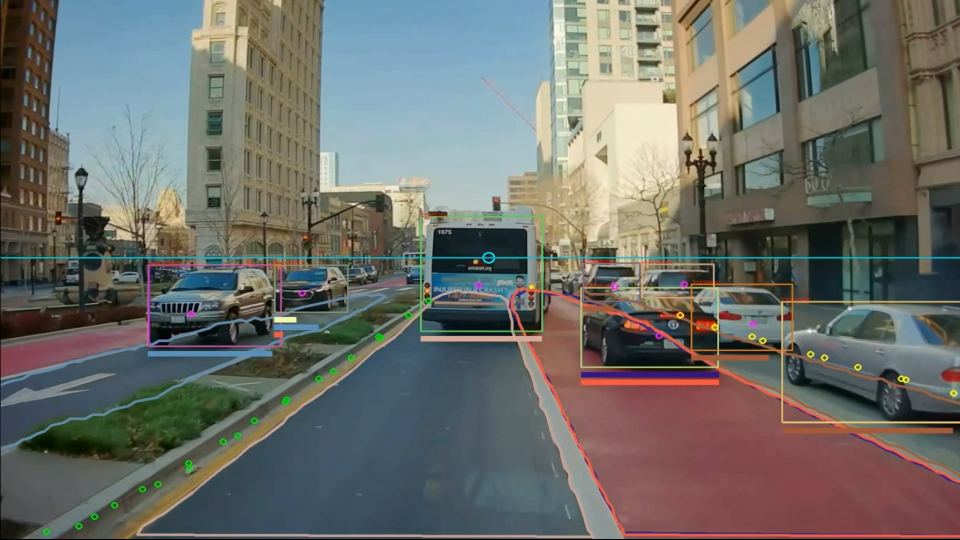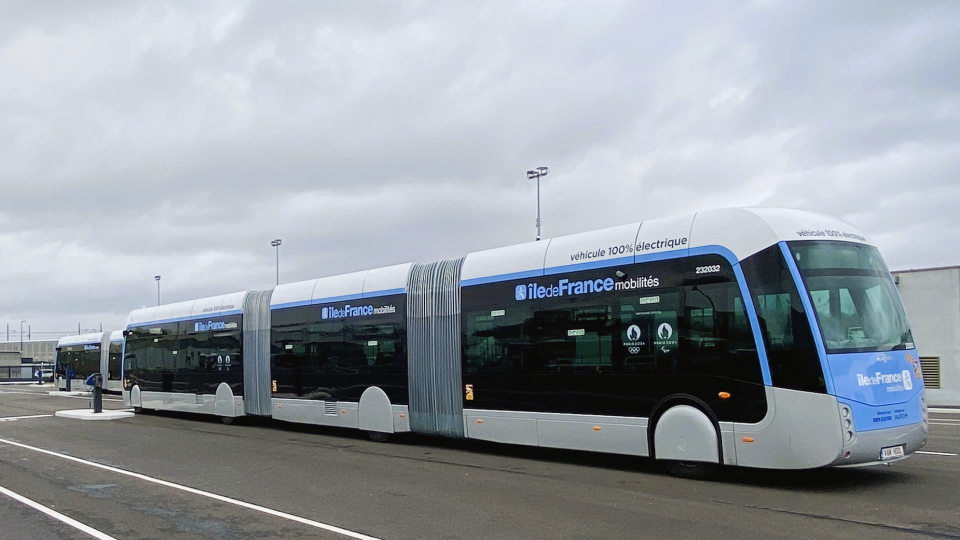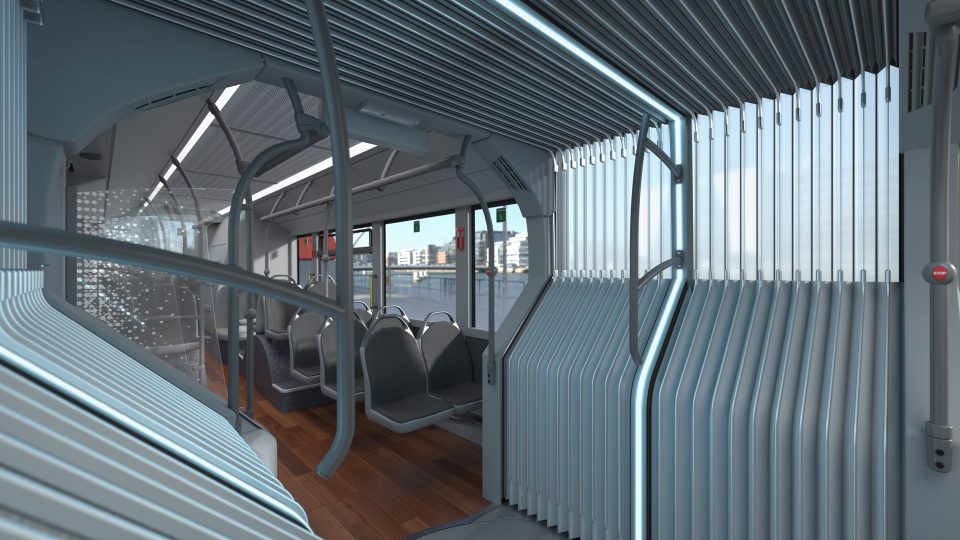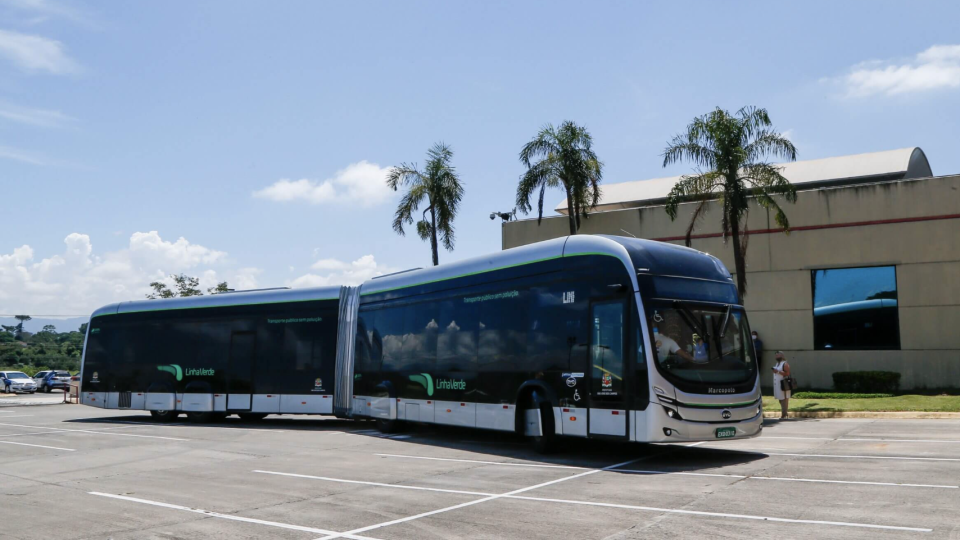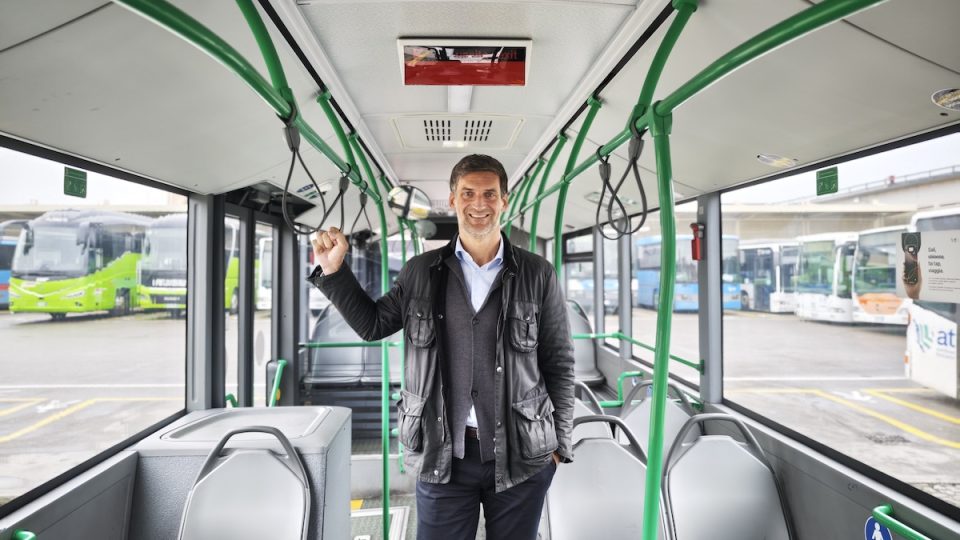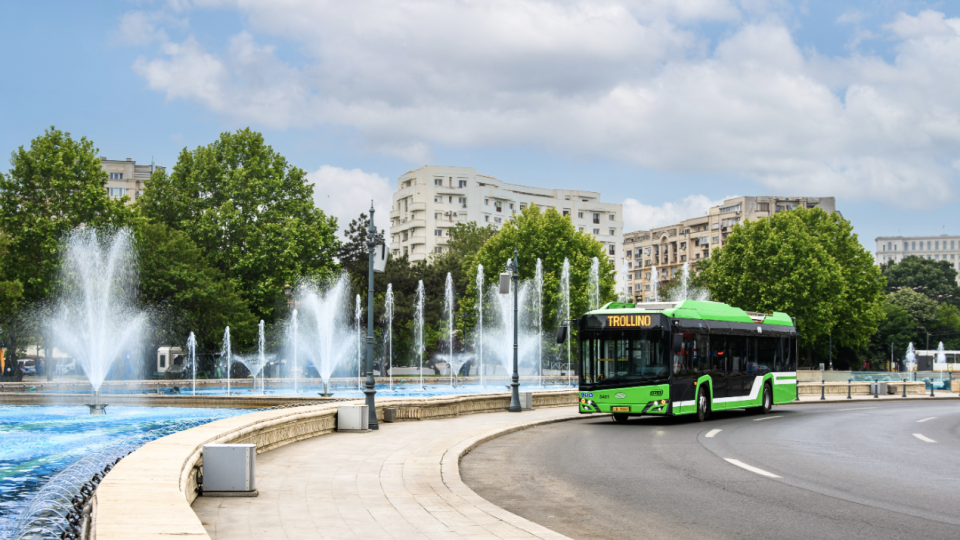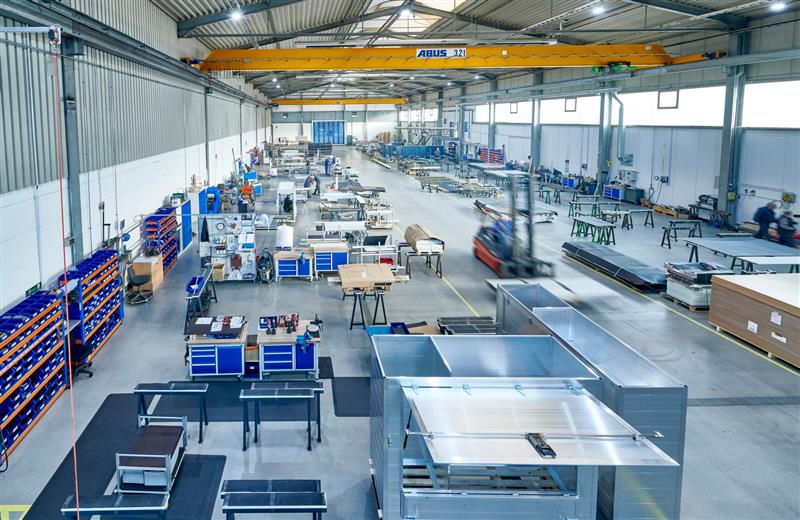Horse Powertrain – Euro7, Electric and Hydrogen: powering the future of sustainable mobility. Interview with Caroline Méchaï, Chief Sales & Business Development Officer at Horse
Horse Powertrain was among the leading companies at Busworld Europe in Brussels, where it unveiled its new range of REEV (Range Extended Electric Vehicle) powertrain systems — electric engines with an integrated generator that extends driving range up to 450 km. Among the main models showcased were the Horse H10 REEV, installed on the Marcopolo […]
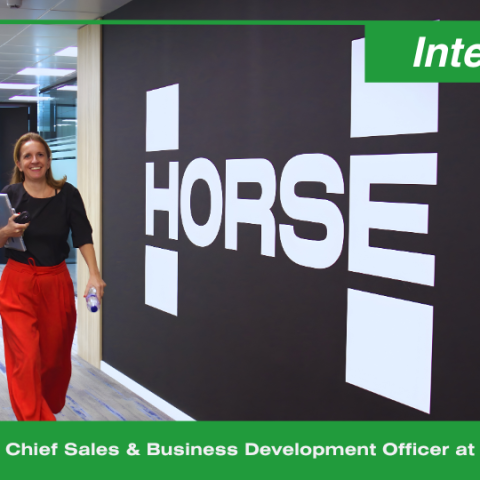
Horse Powertrain was among the leading companies at Busworld Europe in Brussels, where it unveiled its new range of REEV (Range Extended Electric Vehicle) powertrain systems — electric engines with an integrated generator that extends driving range up to 450 km.
Among the main models showcased were the Horse H10 REEV, installed on the Marcopolo Volare Attack 9 (pictured below), as well as the K15 and M20 REEV systems — scalable solutions designed for different types of buses — and the M20 hydrogen engine, a clean combustion power unit that can be easily integrated into existing vehicle architectures. The company’s goal? To reduce emissions and operating costs while enhancing efficiency and fleet flexibility.
We spoke with Caroline Méchaï, Chief Sales & Business Development Officer at Horse, who shared more about the company’s vision and innovations.
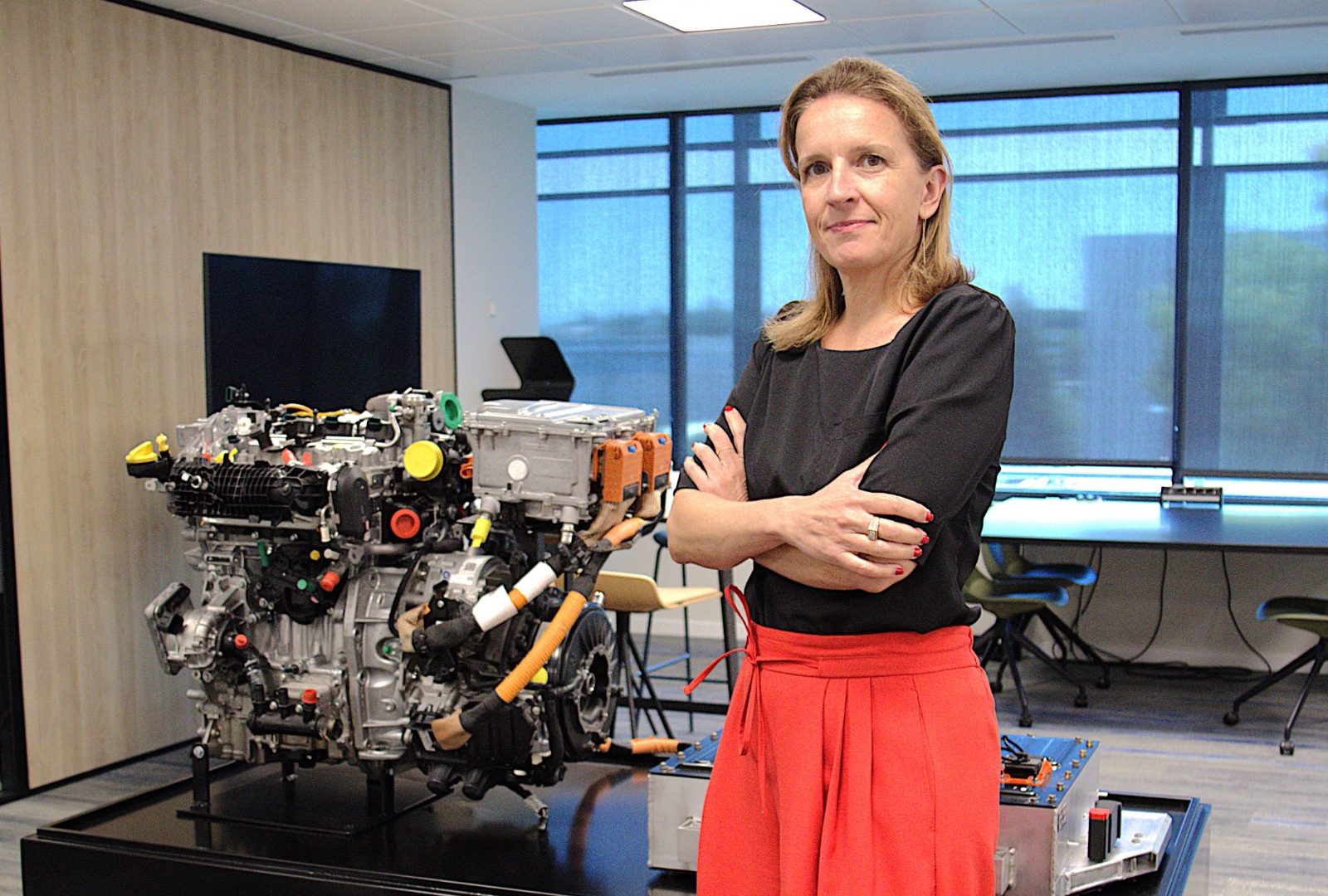
What new products were showcased in Brussels for Busworld Europe 2025?
We don’t just create products, we create solutions. The bus and coach sector plays a key role in our mission to develop and produce low-emission technologies – helping to enable the global energy transition. That’s why at Busworld Europe 2025, we showcased our range extended EV (REEV) powertrain systems, which we believe are the ideal solution for manufacturers and fleet operators.
These efficient engines achieve full compliance with even the most demanding regulations, while enabling long-range, low-emission performance for interurban routes. These systems also reduce charging stress, optimize fleet operations, and enhance competitiveness by lowering operating costs.
At Busworld, we showcased the Horse H10 REEV, installed in the Marcopolo Volare Attack 9 hybrid microbus. This system can deliver 70 kW of continuous electric power and up to 450 km of range. Alongside this engine, we showcased our K15 and M20 REEV systems. These are scalable solutions that can be tailored to different bus sizes and operational profiles. We also showed our Horse M20 hydrogen engine, which can be easily integrated into existing vehicle architectures.
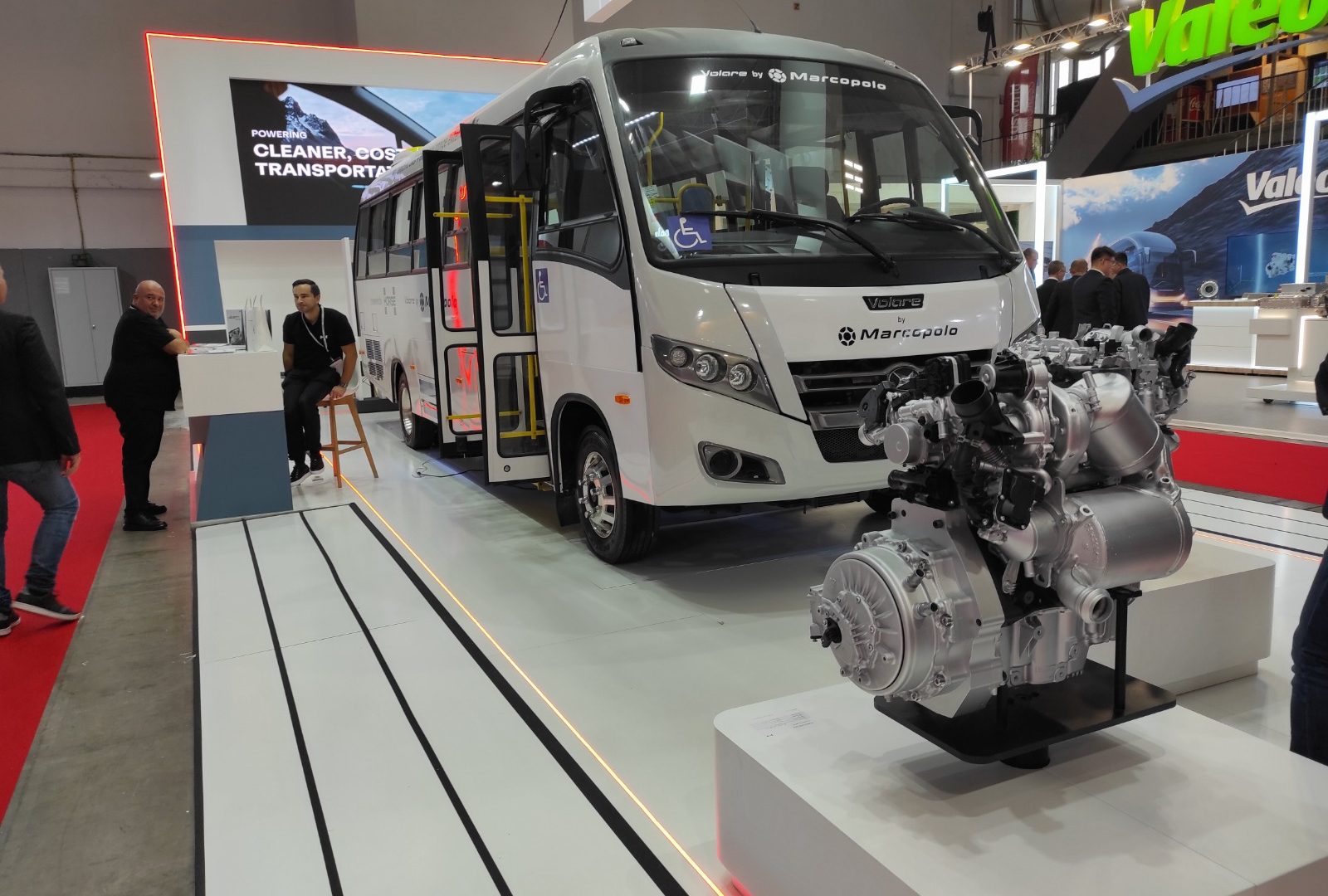
How does Horse Powertrain’s relationship with its shareholders contribute to the development of your Euro 7 diesel engine platform?
From our shareholders, we’ve inherited considerable expertise in everything needed to develop solutions compliant with Euro 7 – whether that be manufacturing experience, system integration knowledge, or fuel technology leadership.
In particular, the recent investment from Aramco provides us with valuable expertise in advanced fuel research, including synthetic fuels and low-carbon energy solutions. This allows us to further refine our latest diesel engines so that we not only meet Euro 7 standards but also ensure our diesel technology can serve as a platform for future generations of alternative fuel powertrains.
Aramco has acquired a 10% stake in Horse Powertrain. What strategic objectives do you aim to achieve through this partnership, and how will Aramco’s involvement enhance your research and development capabilities, particularly in fuel efficiency and alternative energy solutions?
Aramco’s strategic investment is key for our ongoing research into improvements in thermal efficiency and the development of alternative fuels – such as e-fuels, hydrogen, and biofuels. The solutions we showed at Busworld – such as our H10, K15, and M20 REEV platforms, our hydrogen engine, and the Horse C15 – establish us as leaders in emissions reduction across the entire product lifecycle while maximizing performance and economic competitiveness.
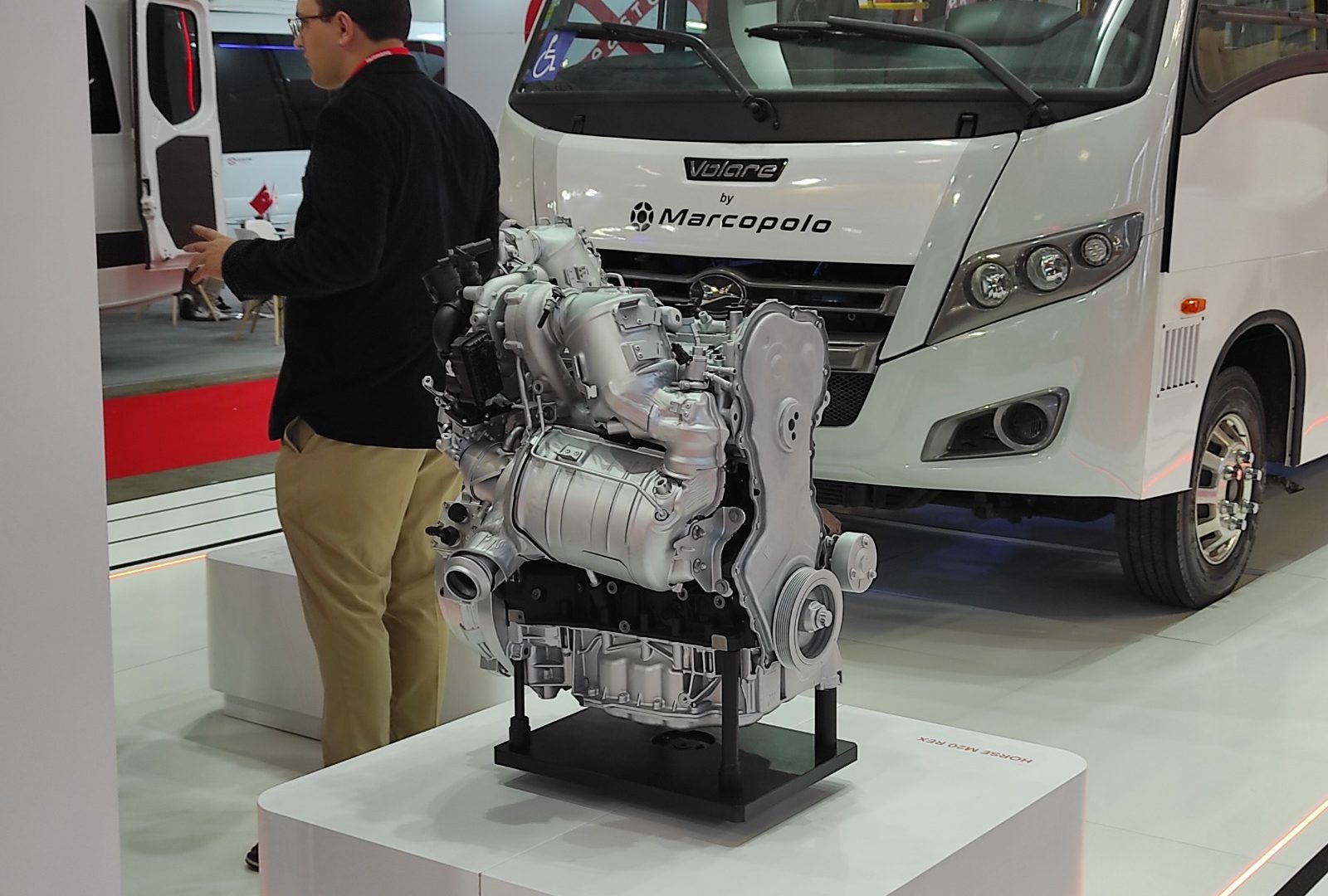
As the global market transitions toward low- and zero-emission mobility, how is Horse Powertrain planning to integrate advanced technologies such as e-fuels, hydrogen combustion, or bio-gas into its powertrain systems?
Our approach is technology-neutral and pragmatic. Horse Powertrain believes that true sustainability cannot be measured solely by tailpipe emissions, but by the vehicle’s total life-cycle emissions, from the extraction of raw materials to end-of-life recycling. The most effective way to reduce life-cycle emissions will vary across markets, meaning that we need to offer multiple paths to net zero. That’s why we develop solutions for everyone. Whether it be gasoline, diesel, hydrogen, e-fuels, ethanol, LPG, or biogas in the form of a hybrid, plug-in hybrid, or a REEV: our portfolio is intended to be a truly global one.
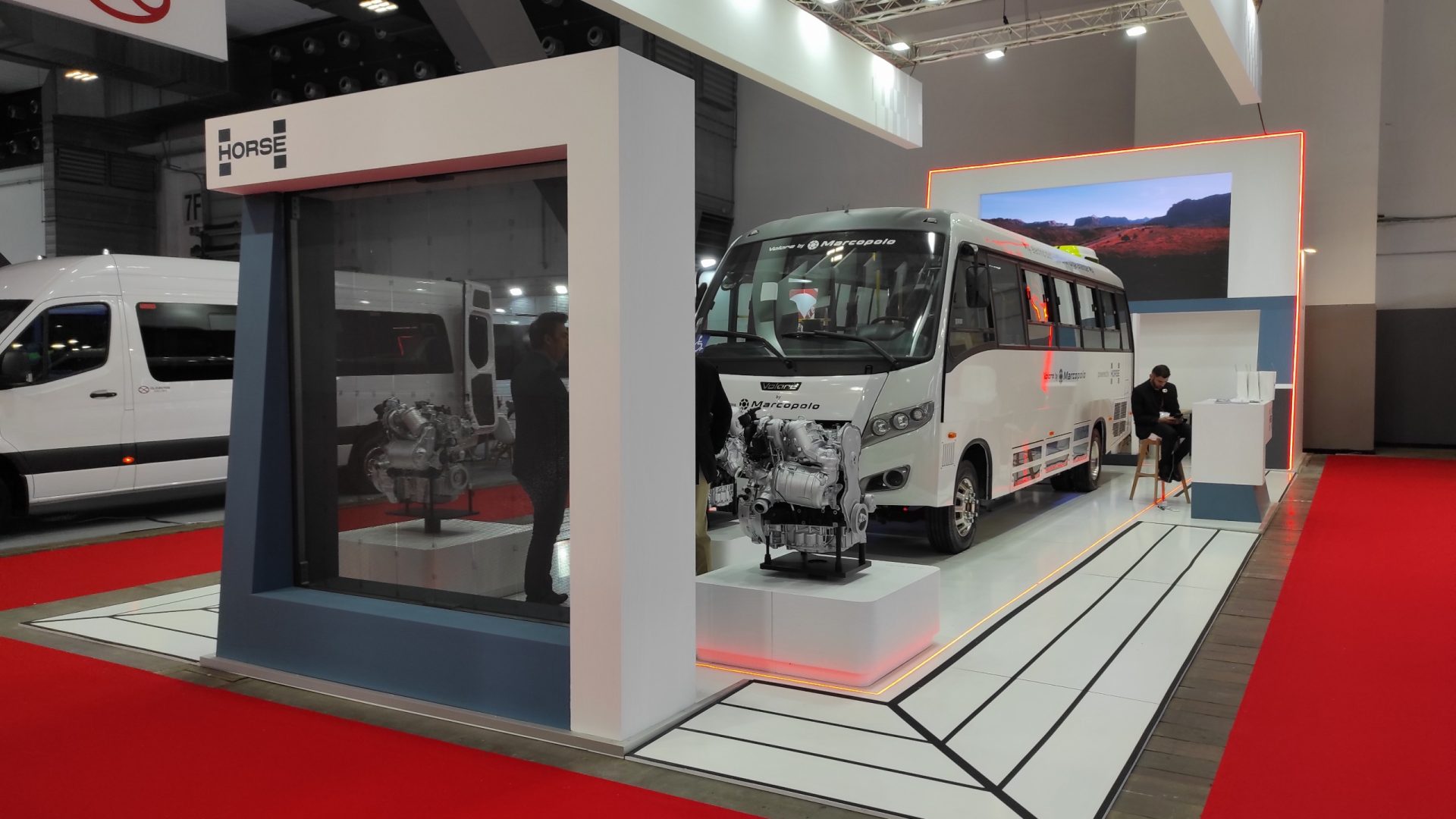
With a strong industrial footprint of 17 manufacturing plants and 5 R&D centers worldwide, what are your key priorities for expansion and innovation over the next few years? Are there specific regions or technologies you plan to focus on to strengthen your global competitiveness?
Our priorities are clear: accelerate innovation, scale efficiently, and reinforce our global expansion. From Europe to Asia, India, and the Americas, we are adapting our product lines to the specific needs of each market. We are also investing heavily in AI-driven industrial transformation, which optimizes design, production, and logistics across all our sites. This will allow us to reduce time to market, become more agile, and improve cost efficiency without compromising quality.
Our ultimate goal is to consolidate Horse Powertrain as a global technology partner, capable of supporting manufacturers and fleet operators at every stage of the energy transition, by offering intelligent, scalable, and sustainable solutions.

